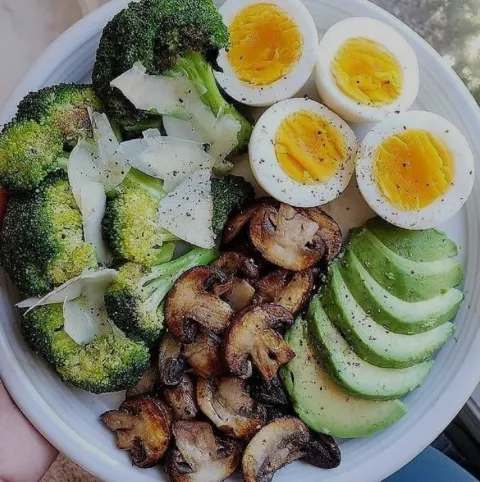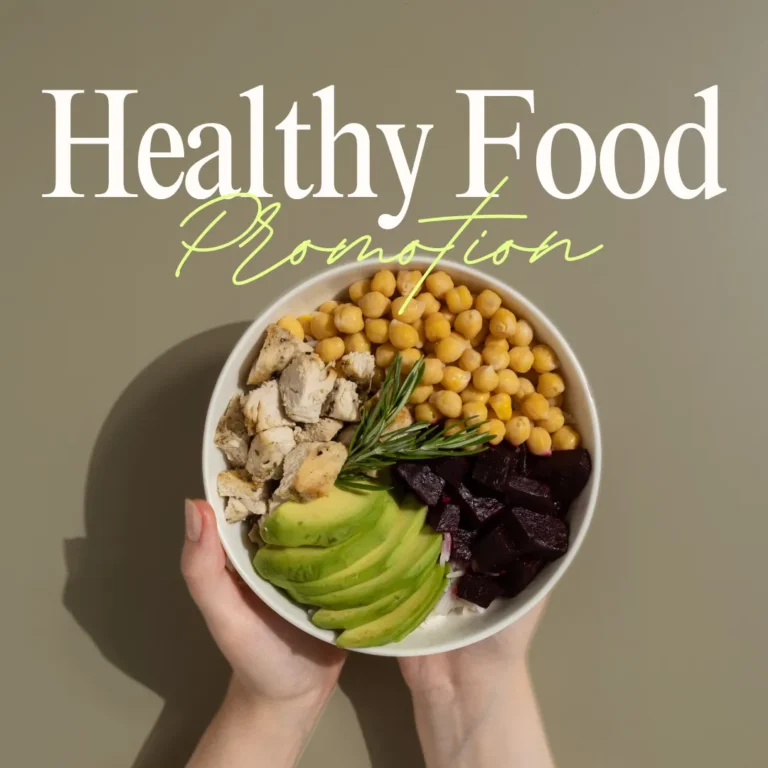How to Reduce Sodium Without Losing Flavor?
How to Reduce Sodium Without Losing Flavor? Cutting back on sodium doesn’t mean your food has to be bland. Here are effective ways to keep your dishes tasty while lowering salt content:
The Ultimate Food List for Kidney Disease: Low Potassium and Low Phosphorus Food Choices to Nurture Your Health | The Definitive Guide and 28-Day Meal Plan to Manage CKD with Confidence.
Are you tired of feeling overwhelmed by the dietary restrictions imposed by kidney disease? Does the fear of choosing the wrong foods haunt you at every meal? Worrying about every bite, fearing it might further damage your kidneys?
1. Use Fresh, Whole Ingredients
- Choose fresh vegetables, fruits, and unprocessed meats instead of canned or packaged foods, which often contain added sodium.
- If using canned beans or vegetables, rinse them under cold water to wash away excess salt.
2. Boost Flavor with Herbs and Spices
- Add fresh or dried herbs like basil, rosemary, oregano, thyme, and parsley.
- Use spices such as black pepper, paprika, cumin, turmeric, or chili powder to add complexity.
- Try salt-free seasoning blends (e.g., Mrs. Dash) for extra flavor without sodium.
3. Add Acidity to Brighten Flavors
- Use lemon or lime juice, vinegar (apple cider, balsamic, or red wine), or a splash of yogurt to enhance taste and reduce the need for salt.
- Tomato-based ingredients and fermented foods (like miso or kefir) also add tang and depth.
4. Choose Low-Sodium Products
- Look for “low sodium” or “no salt added” versions of bread, cheese, sauces, and canned goods.
- Gradually mix these with regular products to help your palate adjust.
5. Use Cooking Techniques That Enhance Flavor
- Roasting, grilling, sautéing, and braising develop rich, concentrated flavors that reduce reliance on salt.
- Toast herbs and spices before adding them to release more aroma.
6. Incorporate Umami-Rich Ingredients
- Ingredients like mushrooms, sun-dried tomatoes, aged cheeses (used sparingly), soy sauce (low sodium), and miso add savory depth that can compensate for less salt.
7. Be Mindful with Condiments and Sauces
- Many condiments are high in sodium—choose low-sodium versions or use smaller amounts.
- Experiment with homemade dressings and sauces using fresh ingredients.
8. Adjust Your Taste Buds Gradually
- Reduce salt step-by-step; your taste buds will adapt over time, and you’ll start appreciating natural flavors more.

Quick Reference Table: Flavor Boosters Without Salt
| Flavor Booster | Examples | Flavor Effect |
| Herbs & Spices | Basil, oregano, cumin, paprika | Aromatic, spicy |
| Acidity | Lemon juice, vinegar, yogurt | Bright, tangy |
| Umami | Mushrooms, miso, soy sauce | Savory, rich |
| Cooking Techniques | Roasting, grilling, toasting | Deep, concentrated flavors |
Final Tips
- Always check nutrition labels for hidden sodium.
- Taste your food before adding salt.
- When dining out, ask for no added salt or sauces on the side.
Why is reducing your salt (sodium) intake important?
How to Reduce Sodium Without Losing Flavor? To maintain normal fluid balance, your body needs only a small amount of salt. The recommended amount of sodium intake is less than 2,000mg per day, equivalent to one teaspoon (5g) of salt. Singaporeans on average consume approximately 8.3g of salt daily, or about 1.5-2 teaspoons of salt.
Excess sodium acts like a sponge and retains water in your body. This, in turn, leads to an increase in blood volume and raises your blood pressure. Hence, excessive sodium intake is a key risk factor of high blood pressure, which increases the risks of stroke, heart attack, and heart and kidney failure.
Daily diet schedule for weight gain. Creating an effective daily diet schedule is crucial for successful weight gain. By spreading nutrient-dense meals throughout the day and maintaining a consistent calorie surplus, you can achieve steady weight gain in a healthy manner. Here’s a comprehensive daily diet schedule designed to help you reach your weight gain goals.
Organic Ramen and Wakame Healthy Low Sodium.
Easy Preparation, Maximum Flavor: Our Organic Ramen and Wakame is crafted for ease and speed without compromising on taste. With minimal preparation, you can savor a bowl of ramen that’s as good as homemade, making it a go-to option for those with an active lifestyle.

Ways to enjoy delicious foods and still reduce your sodium intake
When cooking at home/eating in
- Choose fresh foods, such as fruits and vegetables, meat, poultry and fish.
- Limit processed foods, e.g. canned, salted, cured, smoked and pickled foods, and convenience and prepackaged foods.
- Season food with natural flavorings, such as
- Fresh or dried herbs (e.g. parsley, coriander, mint, basil, onions, garlic, ginger, chives and spring onions).
- Spices (e.g. cinnamon, cardamom, cumin, pepper, curry powder, five-spice powder and chili).
- Vinegar, fresh lemon, lime and fruit juices.
- Sesame oil and olive oil.
- Cook with tomatoes, corn, mushrooms, celery and carrots to enhance flavor naturally.
- Taste your food first before adding salt and/or sauces. If more flavoring is needed, add it sparingly. To let your taste buds adapt to less salty food, gradually reduce the amount of salt and/or sauces added during cooking and at the table.
- Substitute salty snacks, such as potato chips and salted nuts, with fresh or dried fruits and unsalted nuts.







